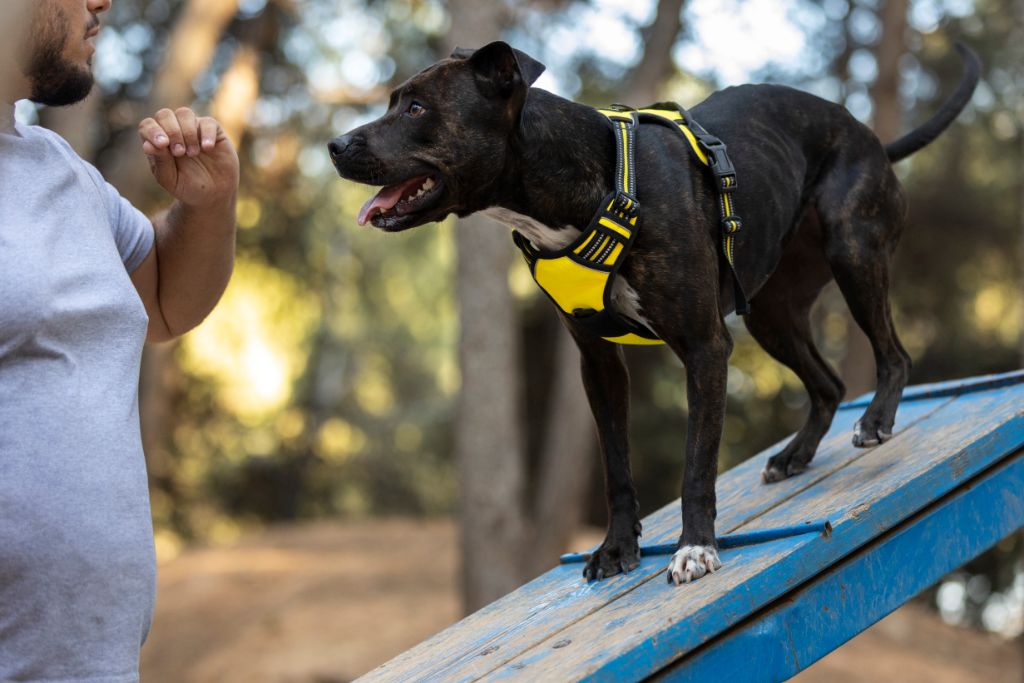Lone worker dog bite prevention, especially for those who often visit residential areas or isolated properties, the risk of encountering a dog is high. Preventing dog bites is crucial for ensuring personal safety and maintaining productivity. This article provides essential tips for Lone worker dog bite prevention, enhancing their safety and confidence while on the job.
Understanding Lone Worker Dog Bite Prevention
Recognizing Aggression Signals
Understanding dog behavior is the first step in preventing bites. Dogs often display signs of aggression before they bite, such as growling, baring teeth, or raised fur. By recognizing these signals, lone workers can avoid potentially dangerous situations.
Common Triggers for Dog Bites
Common triggers for dog bites include fear, territorial behavior, and pain. Dogs may bite if they feel threatened or if their territory is invaded. Lone workers should be aware of these triggers and approach dogs cautiously.
Risk Factors for Lone Worker Dog Bite Prevention
Working in Isolated Areas
Lone workers often operate in isolated areas where help is not immediately available. This increases the risk as there may be no one to assist in case of an emergency. It’s important to have a plan in place when working alone.
Lack of Immediate Support
Without immediate support, lone workers need to be self-reliant and well-prepared to handle any dog-related incidents. This includes having the necessary knowledge and tools to prevent and respond to dog bites.
Pre-Visit Preparation
Assessing the Environment
Before visiting a site, employee dog bite prevention should assess the environment for potential risks, including the presence of dogs. This can involve asking the property owner about any dogs on the premises and their behavior.
Planning an Escape Route
Having an escape route planned can be a lifesaver in case a dog becomes aggressive. Knowing the quickest way to exit the property safely can prevent a potential bite incident.
Approaching Dogs Safely
Reading Dog Body Language
Reading a dog’s body language is crucial in determining its mood and potential threat level. Signs of a relaxed dog include a wagging tail and open mouth, while signs of stress or aggression include stiff posture and direct eye contact.
Avoiding Eye Contact
Avoiding direct eye contact with a dog can help prevent it from feeling threatened. Lone workers should look slightly to the side of the dog to appear less intimidating.
Establishing Boundaries
Keeping a Safe Distance
Maintaining a safe distance from unfamiliar dogs is essential. Lone workers should avoid approaching dogs too closely and respect their personal space to prevent provoking an aggressive response.
Using Barriers
Using barriers such as fences or gates can help keep a safe distance from dogs. Lone workers should always ensure there is a physical barrier between them and a dog whenever possible.
Using Protective Equipment
Bite-Resistant Clothing
Wearing bite-resistant clothing can provide an extra layer of protection for lone workers. This includes gloves, long sleeves, and pants made from materials that are difficult for dogs to bite through.
Dog Deterrent Devices
Carrying dog deterrent devices, such as ultrasonic whistles or spray repellents, can help lone workers prevent dog attacks. These devices should be used as a last resort and only when necessary to ensure safety.
Effective Communication with Dog Owners
Asking About Dog Behavior
Communicating with dog owners about their pet’s behavior is key. Lone workers should ask if the dog has a history of aggression or if any specific triggers might cause the dog to bite.
Setting Expectations
Setting clear expectations with dog owners regarding the handling and control of their pets can help prevent incidents. Lone workers should request that dogs be secured or restrained during their visit.
Emergency Procedures for Dog Bites
First Aid Steps
Lone worker dog bite prevention, knowing the proper first aid steps is crucial. Lone workers should clean the wound, apply pressure to stop bleeding and seek medical attention immediately.
Reporting and Documenting Incidents
All dog bite incidents should be reported and documented. This includes recording the details of the incident, the dog involved, and any injuries sustained. Proper documentation can help in addressing the incident and preventing future occurrences.
Legal Aspects of Dog Bites
Worker Rights and Employer Responsibilities
Understanding the legal aspects of dog bites is important for both lone workers and their employers. Workers have the right to a safe work environment, and employers are responsible for providing it. This includes implementing safety measures and addressing any incidents promptly.
Understanding Local Laws and Regulations
Lone workers and employers should be aware of local laws and regulations regarding dog bites. This includes knowing the legal requirements for reporting bites, the potential liabilities, and the rights of both workers and dog owners.
Conclusion
Lone worker dog bite prevention requires a comprehensive approach that includes understanding dog behavior, preparing for visits, establishing boundaries, and using protective equipment. By following these essential tips, lone workers can ensure their safety and maintain a productive work environment.





